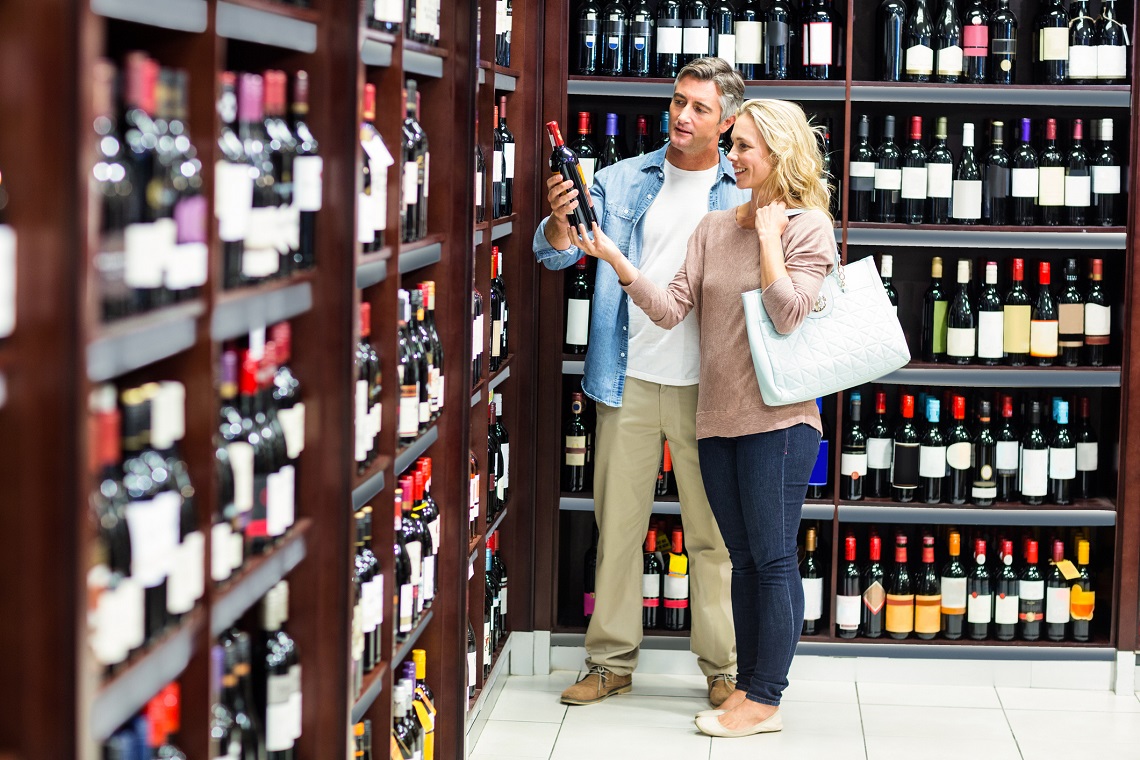Article by Stephen Wilson, Category & Insights Manager at Strikeforce.
The latest CPI number is in and it’s not pretty reading.
Historically the CPI quarterly increase since June 2012 has averaged 0.6 per cent however seven of the last eight quarters have all recorded increases above the long-term average, highlighting increasing cost of living pressures on households.
The latest inflation number confirms that all CPI groups have gone up a total of 6.1 per cent over the year to June.
The Australian Bureau of Statistics cites supply chain disruption because of flooding, labour shortages and rising freight costs as the primary driver of the sizeable increase.
Alcohol and tobacco experienced a 0.8 per cent increase for the June quarter versus the previous quarter and 2.2 per cent increase versus year ago.
During times of financial stress, households logically looked to stretch the buying power of every dollar, so brand loyalty can take a battering with shoppers trying ‘cheaper’ products and actually liking them, effectively increasing their brand repertoire.
We saw the same behavioural trait during the initial phase of COVID-19 where choice was often restricted, albeit forced, through a distressed supply chain.
It is during such times that loyalty can be challenged with suppliers needing to ensure that their brands are front of mind and readily available.
So, what are key considerations in the current trading environment?
- Household budgets are under pressure.
- Lower levels of discretionary spending.
- A flight to value is occurring.
- More in-home occasions and entertainment.
- Brands will be challenged.
For the foreseeable future drinkers will keep a close eye on their spending habits. This increases risk for suppliers who need to continuously remind loyalists about the reasons they are drawn to their favourite brands.
A flight to value means a higher level of probability that brand loyalists will flirt with switching to competitor brands if they perceive that the product offers the same features and benefits at a lower price point.
Opportunity abounds however for brands that embrace and enable more in-home occasions and provide convenient solutions for shoppers.
Conversely, fiscal uncertainty can drive premiumisation at home, with drinkers trading up to reward themselves with affordable luxuries.
Drinkers are expected to respond to budgetary pressures in several ways:
- Comparing price, quantity and brand equity, stretching their spend while meeting their expectations.
- Purchasing from other banners and changing frequency of purchase, looking for better value.
- Changing frequency, quantity or place of consumption, making decisions based on informed choice.
- Rationalising choice, deferring purchase and reassessing category choice, based on brand loyalty and satisfaction.
In summary, while drinkers will keep a close eye on their expenditure, they will continue to support brands that deliver on their expectations, are readily accessible and work hard to remain top of mind.
This article originally appeared in the September issue of National Liquor News.

